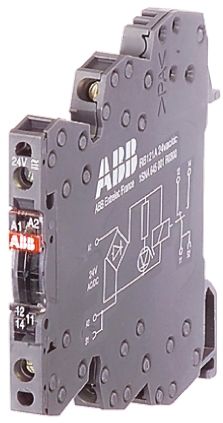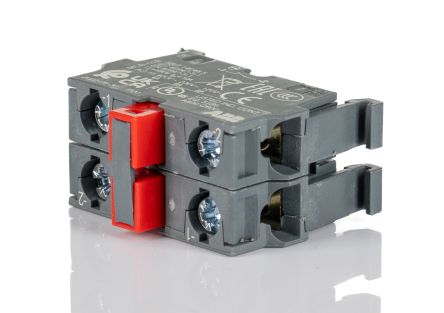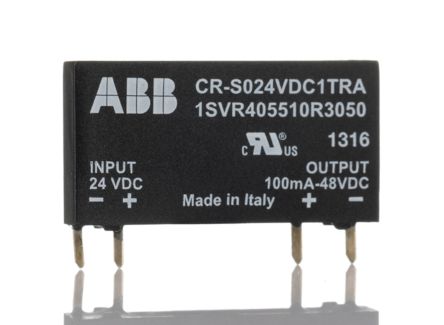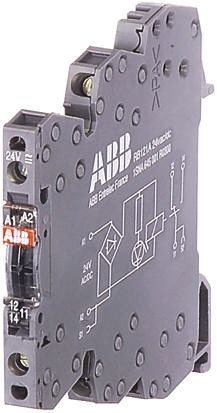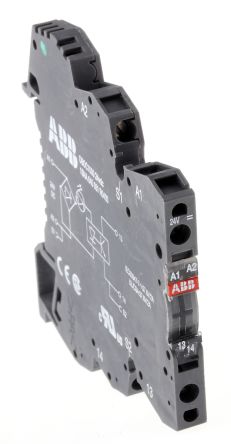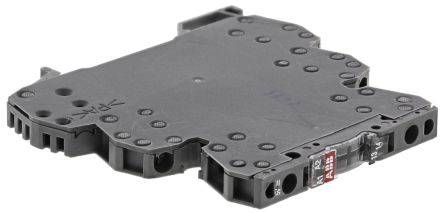- Automation & Control Gear
- Cables & Wires
- Enclosures & Server Racks
- Fuses & Circuit Breakers
- HVAC, Fans & Thermal Management
- Lighting
- Relays & Signal Conditioning
- Switches
- Batteries & Chargers
- Connectors
- Displays & Optoelectronics
- ESD Control, Cleanroom & PCB Prototyping
- Passive Components
- Power Supplies & Transformers
- Raspberry Pi, Arduino, ROCK, STEM Education & Development Tools
- Semiconductors
ABB Solid State Relays
Popular Searches
- ABB Solid State Relays
- Carlo Gavazzi Solid State Relays
- Celduc Solid State Relays
- Crouzet Solid State Relays
- Finder Solid State Relays
- Gefran Solid State Relays
- IXYS Solid State Relays
- Omron Solid State Relays
- Panasonic Solid State Relays
- Phoenix Contact Solid State Relays
- Schneider Electric Solid State Relays
- Siemens Solid State Relays
- broadcom solid state relays
Related links
- Omron E5EC Panel Mount PID Temperature Controller 1 Output SSR...
- Gefran 600 Panel Mount Controller 3 Output Electromechanical Relay
- Schneider Electric Harmony Relay Series Solid State Relay Panel...
- Infineon Solid State Relay
- ABB Solid State Relay
- solid state relay Single Phase, Pan
- Allen Bradley 156-C1P Series Solid State Relay
- MCBs

